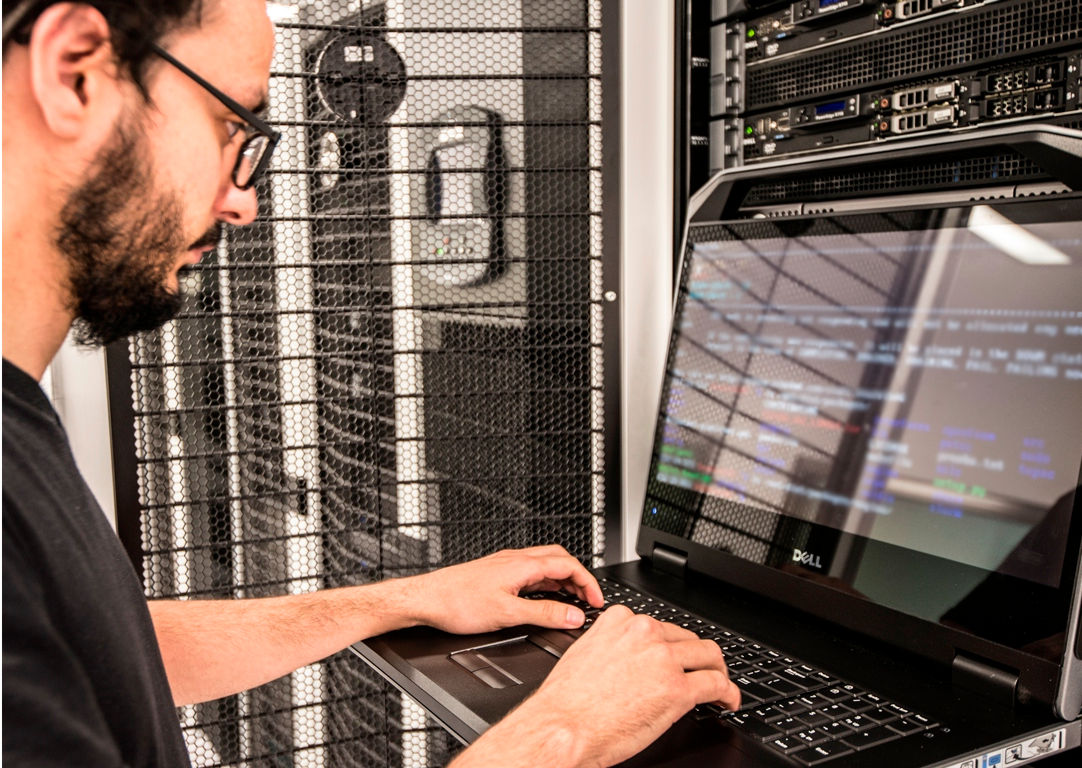
Computational Simulation Center (CSC) for Technological Applications is an institute dedicated to find solutions on their own initiative or at the request of other public or private institutions to problems that can be addressed with techniques, processes or methodologies derived from its research lines.
CSC has professionals from different fields and heterogeneous formations that can provide technical and scientific response in the field of hardware and software as well as parallel numerical simulation. It also proposes a quick and dynamic response either to provide technical support to researchers or institutions that require it, as to actively participate in national and international development programs of computational simulation and related areas.
CSC-CONICET hosts the machine TUPAC . Tupac is a machine 48 Tflops with 4096 AMD Opteron cores and Nvidia Cuda cores 16384. It has 72TB storage space, and 32TB local disk space. The communications are via 5 separate networks 2 QDR Infiniband (very low latency) and 2 Ethernet networks.
In addition, the storage infrastructure is implemented on an independent network of optical fiber mounted on high availability servers.
CSC's infrastructure by the idiosyncrasies of their creation and operation, is naturally dependent on external demand. The computing capacity of TUPAC is about 3M processor hours per month, an amount that although it is significantly lower than in other centers supercomputing world, represents a significant offer to the current state of the country's demand. This amount of resources, to not remain idle, should be offered to society as a whole.
The criteria of the institute is strongly oriented to the service of technological development. The preferably users are companies that require the use of large computing amount and get advice from professionals not only to support from the technical point of view, in terms of installation and compiling code, but scientific, from the point of view of development and optimization of models.
The center offers on any of the issues in which it has expertise, computing power through the use of TUPAC and scientific-technological analysis by researchers to address the issues of concern raised both by academia and by the industry.